The French shoe designer Roger Vivier was the man behind the contemporary stiletto heel, the Pilgrim buckle, the shock heel, the comma heel, and cork platform shoes. He captured a moment in the fifties and sixties, but he also created looks that are still used today. Just over a decade ago, Bruno Frisoni took over as creative director for the Roger Vivier brand and transformed the shoe collection into a bona fide accessories maison. In addition to seasonal collections, Frisoni takes a couture design approach to a limited-edition line called Rendez-Vous and recently collaborated with Ambra Medda to reimagine the iconic Miss Viv bag, the “Arcobaleno” that launched last December at Art Basel Miami Beach.
We spoke with the designer earlier this year and learned about how he cures his ongoing passion for clothing and the designer’s version of writer’s block.
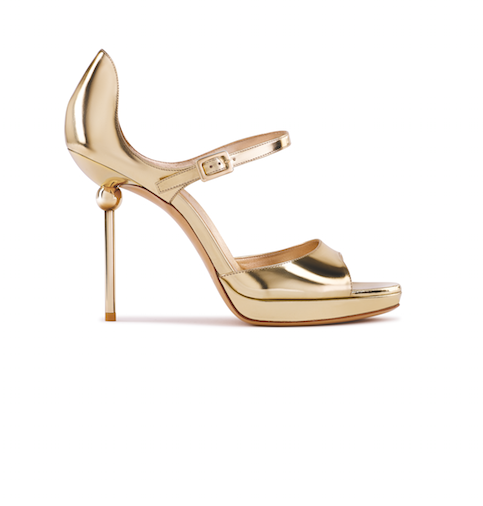
Courtesy of Roger Vivier
WHITEWALL: You’ve worked at Lanvin, at Christian Lacroix, and with Yves Saint Laurent. What first drew you to fashion, and what keeps you coming back?
BRUNO FRISONI: I’ve always been passionate about clothing and drawing, since I was a kid. I realized when I was 18 that this is something that I really wanted to do for a living. So I came to Paris and I started with different companies and had great collaborations with some of the people you named like Lacroix and Alber Elbaz, and then launching my own line. It’s always been a work of passion.
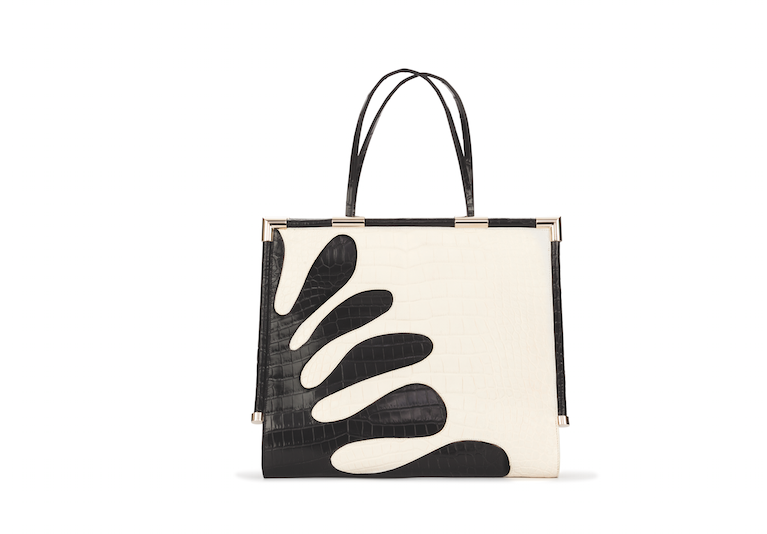
Courtesy of Roger Vivier
WW: When you started at Roger Vivier, you wanted to transform it into a maison—a fashion house rather than an accessories company. Why is that and what’s the difference?
BF: Being just another shoe collection wouldn’t seem enough. It was important for us to be an accessories maison, and a shoe maison. So this is different. It’s too reductive to start with only one thing when we could do much more. The name Roger Vivier is equated with incredible creativity. For me it was better than only a shoe line.
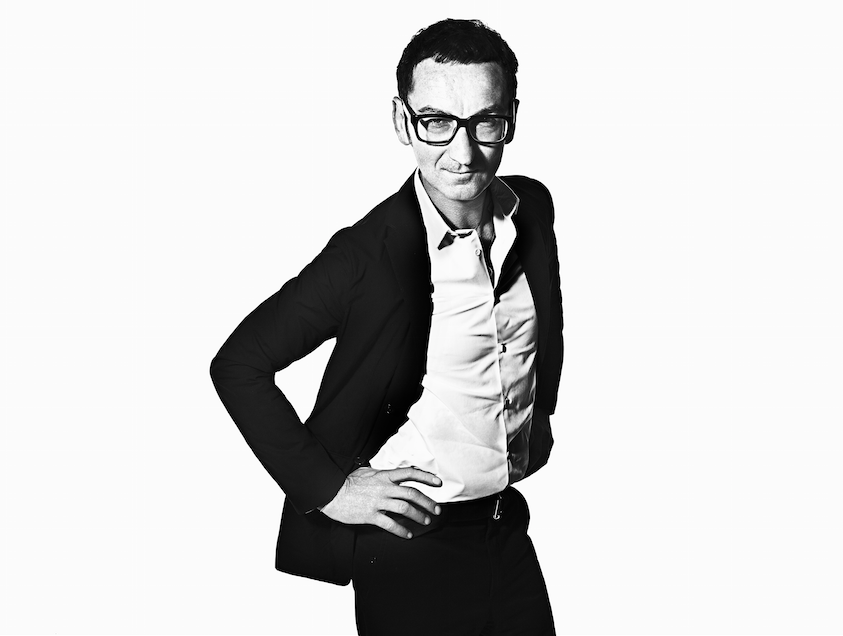
Courtesy of Roger Vivier
WW: You’ve described your approach to shoes and accessories as couture. How does that affect your design process and the way women wear what you create?
BF: I always miss the clothing in my work, actually. It’s my way to treat myself, or to cure myself of missing this. That’s why I love working with fabric or even thinking of a shoe as part of a clothing line. Boots are more like coats, evening shoes are more like dresses—something like that. The cut is very important for me. You try to find new ways to do a shoe or to approach it. It’s a way to be different.
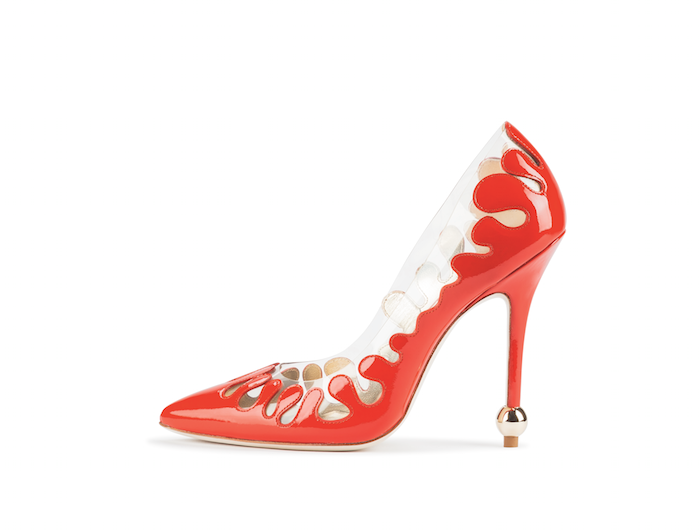
Courtesy of Roger Vivier
WW: Has that helped your desire to make clothing?
BF: I’m not so young, but I’m still young enough [laughs] that if somebody asks, you never know.
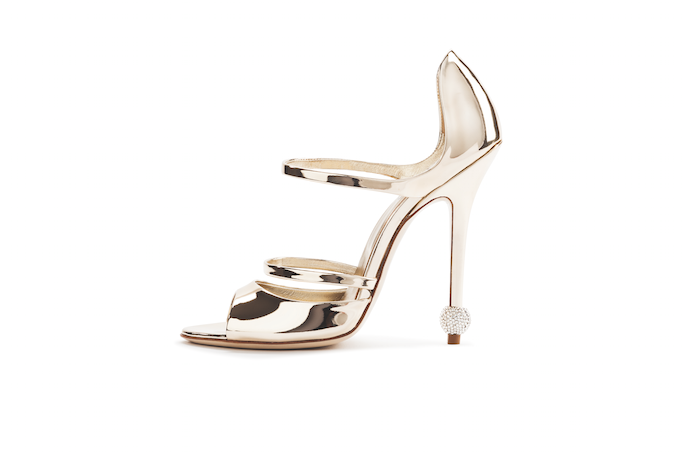
Courtesy of Roger Vivier
WW: Designers are often asked about what inspires them, and you easily cite artists and architects, like Cy Twombly and Zaha Hadid. Have you always been interested in art and architecture?
BF: Cy Twombly is one of my favorite artists ever. I think I like the gesture in it, the movement, the dynamics, the colors; it’s a minimal romantic thing that I really love. And there’s always traveling. It’s always great to go into new cities, because you’re very eager to see things and everything is new. Even if you don’t like the place, there is always something to take from it. I just recently was in Vienna and even if Josef Hoffmann is a name everyone knows, in Vienna you see it differently. Suddenly something you have seen before clicks differently and can be an inspiration. It takes you out your habitude, your routine. And I like visiting museums more than just art fairs and things like that. In art fairs, most of the time you see the greatest galleries showing the best artists, so it tends to be very homogenous.
WW: Every collection you are asked what your inspiration is, but I imagine sometimes, like a writer who gets writer’s block, the inspiration doesn’t come so easily. What happens then? What do you do?
BF: [Laughs] I’m an impatient personality, but sometimes I have to wait for the moment it comes. I’m collecting images, looking at books, going to see things, looking at what I dislike to maybe lead me to what I like. Often you start with things and then it grows. You could have no precise inspiration in the beginning and then at the end, it’s kind of a collage. Sometimes inspiration can be very abstract. It’s a very uncomfortable situation for sure [laughs]. Being not the first time, you get used to it; you think hopefully it’s going to come!
WW: Inès de la Fressange is a brand ambassador for Roger Vivier, but she is much more involved than the typical definition of a brand ambassador. How would you describe your relationship with Ines? What does she embody for Roger Vivier?
BF: It’s almost 13 years that I’ve known Inès. We work in the same building, but we have two separate offices. We are pretty concentrated on what we do, so we don’t always leave our offices just to have a chat. Maybe we have more information of each other from Instagram.
WW: Don’t we all, right?
BF: Yeah, I think it’s a general thing. But I always love in Inès her freedom of thinking, her freedom of being. I love her self-respect. She’s always having fun with everything and being very decent. She’s also rock and roll. It’s not that I don’t like people on the edge—I like that kind of thing. She really loves fashion and she chooses the best thing; she has always this incredible look. She’s a very special person. She’s much more than an ambassador. She is the personification of this kind of Parisian woman having fun with life. She’s fantastic! [Laughs]
WW: Why do you think so many of Roger Vivier’s original designs are still wearable?
BF: Most of the things we do are to not only be practical but wearable. For me, the idea that in the commercial showroom you have everything in the right proportion and what you see on the runway is just for the fantasy and the magazine photography, I think to me it’s not what I call fashion. It’s not the way I see it. Even if there is something that could be extreme, I still see the woman wearing it. If it’s something from the past, we try to re-digest and think for the modern times and the easiest way to wear. I think it’s good to always have things you can jump into and feel like you’re perfect and sexy and comfortable all day long and into the evening. It’s what people want today. No one has time. Fashion is not to be serious—it has to be beautiful.
This article was published in Whitewall‘s spring 2015 Art Issue.








